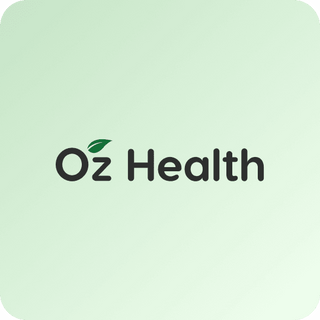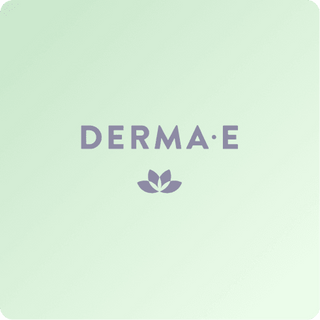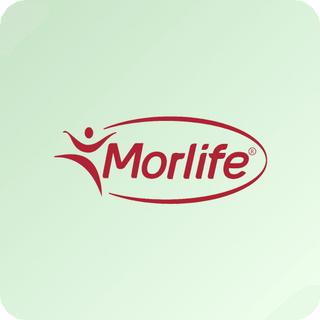Many people globally are turning to sugar free cereal as a healthier breakfast choice. But have you ever wondered if these cereals are truly free from sugar? While the label may say “sugar-free,” the reality can be quite different.
This article will help you understand what sugar-free really means and how to spot hidden sweeteners in your cereal by reading the label carefully.
What Does “Sugar-Free” Really Mean?
According to food labelling rules in countries like Australia (FSANZ) and the United States (FDA), a product can be called “sugar-free” if it contains less than 0.5 grams of sugar per serving. However, this doesn’t always mean the product is completely free from all sweet-tasting ingredients.
It's also important to understand the difference between:
-
No added sugar – no sugars are added during manufacturing, but natural sugars (like from fruit) may still be present.
-
Sugar-free – contains very little or no sugar per serving but might include sweeteners or sugar substitutes.
How to Read Nutrition Labels Properly
To find out whether your cereal is truly sugar-free, you need to check two main areas on the packaging:
Nutrition Information Panel (NIP)
-
Look for the line marked “Sugars” under “Carbohydrates.”
-
The number should be 0g or less than 0.5g per serving for it to be considered sugar-free.
Ingredients List
-
This lists everything used to make the cereal, from highest to lowest amount.
-
Watch for hidden forms of sugar or sugar substitutes listed under unfamiliar names.
Some products may have a low sugar number but still contain sugar-like substances, which leads us to the next section.
Watch Out for Hidden Sweeteners
Just because a cereal doesn’t contain table sugar doesn’t mean it’s free of sweet-tasting additives. Here are some common ingredients found in many so-called sugar-free cereals:
1. Maltodextrin
A common additive made from starch. It has a high glycaemic index, meaning it can still raise your blood sugar.
2. Sugar Alcohols
Includes xylitol, sorbitol, and erythritol. These are often used in sugar-free products but can cause bloating or stomach discomfort in some people.
3. Artificial Sweeteners
Such as aspartame, sucralose, or acesulfame potassium. These are chemically produced and often used to create a sweet taste with zero calories.
Natural & Truly Sugar-Free Alternatives
If you want to avoid synthetic sweeteners or hidden sugars, look for cereals that use natural alternatives like:
-
Stevia – A plant-based sweetener with no calories.
-
Monk fruit extract – A naturally sweet fruit with zero glycaemic impact.
You can also choose unsweetened whole grain cereals like oats, bran, or puffed quinoa. These are high in fibre, contain no added sugar, and can be sweetened naturally at home using cinnamon or a handful of berries.
Marketing Tricks to Be Aware Of
Food packaging is often designed to catch your eye—but don’t let the front mislead you. Here are some common tricks:
-
“No added sugar” products may still include high-sugar ingredients like fruit juice concentrate or honey.
-
“Low sugar” is not the same as sugar-free. These still contain sugar but just in smaller amounts.
Always read the back of the package to get the full story. The ingredients list and nutrition label provide the truth.
How Oz Health Helps You Make Smarter Cereal Choices
At Oz Health, we understand how tricky it can be to find a sugar free cereal that’s both healthy and genuinely transparent about its ingredients. That’s why we carefully select products that meet strict standards for quality and wellness.
When you shop with us, you can trust that our sugar free cereal is:
-
Free from hidden sweeteners and artificial additives
-
Clearly labelled for people with dietary needs like diabetes or low-carb lifestyles
-
Sourced with your health and wellbeing in mind
Whether you’re watching your sugar intake or simply looking for a cleaner start to your day, our sugar free cereals makes it easier to stay on track.








